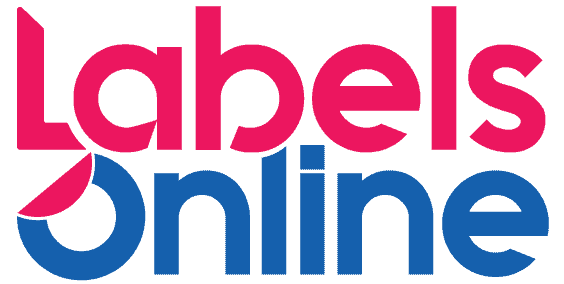Label Resources
Stock Selection Guide
Choosing the right label material (also called label stock) can get complicated. Our stock selection guide requires that you must firstly consider the end-use or application of the label as this will guide you on the the many choices available. To view information on individual materials, click the (i) buttons to ensure you get the right solution for what you want to achieve.
If you need assistance Lulu can provide industry specific knowledge and guidance on the range of options available.
Labels have 3 parts:
1) material (face stock)
2) adhesive
3) backing material
1. Material (face stock)
Most label materials are either paper-based or synthetic (filmic/plastic).
When deciding on your label material you need to consider:
-
- budget: balance between price & performance.
- final appearance: glossy, matt, textured or metallic look.
- printability: will it work through a printer.
- end use: what it is applied to, plus any temperature exposure.
Face Stocks come in many variations of 2 main types: Paper or Synthetic
1) Paper Based Materials
-
- Made of material converted from wood to paper.
- Suitable for most dry environments.
- Very popular for fast moving items required for short term use.
- Are highly versatile, economic and achieve outstanding print results.
2) Synthetic (or Filmic) Materials
-
- Plastic or filmic in construction (won’t tear in both directions).
- Used where durability is required (moisture, chemical or temperature).
- Popular with bottles being recycled.
There are 4 main types of synthetic (filmic) materials:
-
- PE: Polyethylene (where squeezability is required)
PP: Polypropylene (durable and available in clear)
PET: Polyester (used for resistance to water, oil or chemicals)
PVC: Vinyl (often used by Offset printers and for bumper stickers)
- PE: Polyethylene (where squeezability is required)
2. Adhesive
Initial adhesion or ‘tack’ during application affects the performance of the label during its lifespan. Poorly applied labels or the wrong choice of adhesive impacts on how your label stands up to it’s intended use. When deciding on a label adhesive you will need to consider:
-
- Adhesion – 3 Options: Permanent, Removable or Repositional
- Formulation – 2 Options: Acrylic or Hotmelt
Three Options for Adhesion:
1) Permanent adhesives: are designed not to be removed (the most common adhesive)
-
- Can be acrylic or hotmelt formulated.
- Options for difficult surfaces (including moist or frozen objects, curved surfaces, even tyres!).
- Attempting to remove or reposition labels damages the label.
2) Removable adhesives:
-
- Allow long-term removability from a variety of substrates.
- Popular for laboratory applications where no residue is desired.
3) Repositional Adhesives:
-
- Offer short term repositionability (usually within 48 hours).
- Used when automatic labelling is difficult due to the shape of the object being labelled.
- You can remove and reposition it without noticeable damage to the face stock.
- Easy to remove directly after labelling but become permanent over time.
**There is also a SPECIAL OPTION: Food Grade Adhesives:
-
- Available for labels that will be applied directly to food products including dry, moist and non-fatty foodstuffs as well as for meat labelling.
2 Options for Label Adhesive Formulation:
1) Acrylic adhesives:
-
- Achieve excellent clarity, UV-stability and water resistance.
- Excellent tack and adhesion properties on moist or hot surfaces and are suitable for refrigerated conditions.
2) Hotmelt adhesives:
-
- General multi-purpose adhesive used for heat tolerant substrates, curved or moist substrates and very rough substrates.
- Very good adhesion to non-polar surfaces.
- Good low temperature performance once labelled. Especially suitable for applications where the initial adhesion and moist surface adhesion offered by dispersion adhesives are not sufficient. Also recommended for use in cold environments, particularly if the application surface is moist or if very high initial adhesion is required.
- Limitation: Heat resistance is inferior compared with acrylic adhesive.
**SPECIAL OPTION: Freezer Grade Adhesives:
-
- Generally only required when applying labels to products that are frozen or at very low temperatures (not when applying to a product at room temperature that will be refrigerated or frozen).


